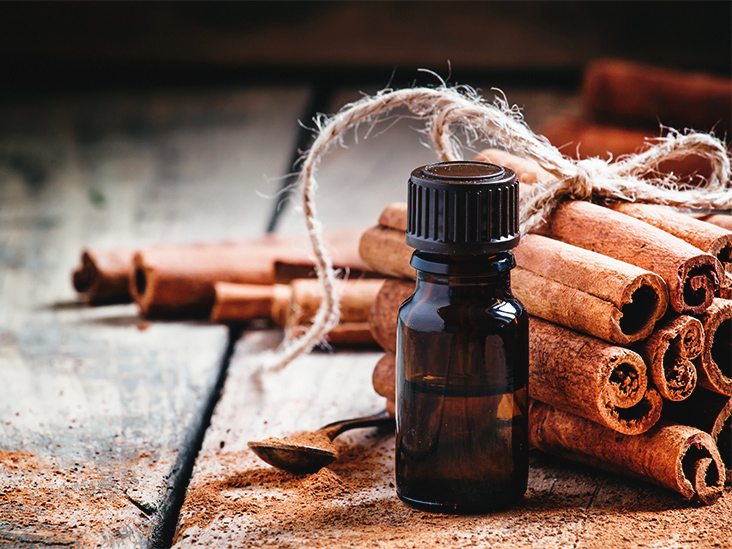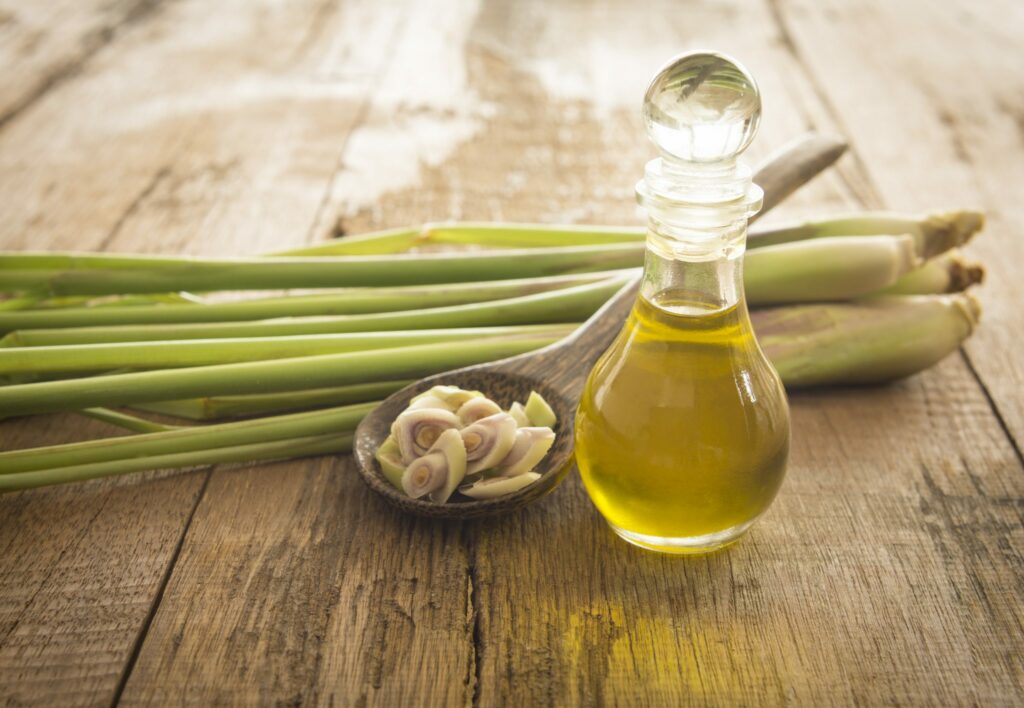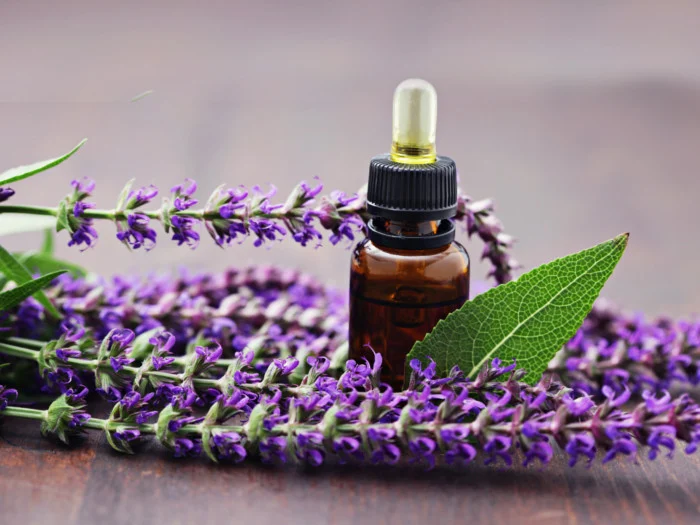
2. Cinnamon Oil
If cinnamon oil is warm and spicy, musky and sweet, lemon oil is bright, refreshing, and energizing. Since cinnamon is both an import from the Far East and a staple of spice cabinets, it seems sense that for me, it evokes a particular blend of sensual exoticness and warm familiarity.
It’s actually one of the oldest essential oils in history, with the Egyptians describing their widespread use of it in the Ebers Papyrus, a medical text that dates to around 1550 BC. It’s derived from both the bark and the leaf of the Cinnamomum verum tree.
“For me, cinnamon conjures up a distinct mixture of sexy exoticness and cozy familiarity.”
Cinnamon was in high demand back then. Due to the fact that Arab traders controlled the majority of the supply coming from Sri Lanka and India and kept the exact source of their supply a secret, they were expensive and difficult to obtain. Emperors, royals, and subsequently the aristocracy of Europe were the only highly affluent people who could afford cinnamon oil. Fortunately, today there are no restrictions on the cost or availability of this incredibly important oil.
Chest colds can be treated with cinnamon essential oil through aromatherapy. Its analgesic and antispasmodic characteristics, when applied topically, help relieve muscle pain. Additionally, it functions as an antibacterial and a potent natural preservative. It has antibacterial and antimicrobial properties in addition to being anti-inflammatory and analgesic. According to certain research, cinnamon oil has significant antioxidants that may help prevent neurological diseases and heart disease.

3. Lemongrass Oil
If you Google “lemongrass,” you’ll probably get a lot of results for Thai restaurants in your neighborhood (delicious!). Even while I love a good curry, I’m even more enamored with the plant’s essential oil.
Originally from Sri Lanka and south India, lemongrass is a fast-growing tropical grass that is currently grown in warm regions of Africa and Asia. The entire plant is used in a variety of products, from tea to cleaning solutions, and it has long been employed in Indian healing rituals to treat illnesses like gastrointestinal problems and fever (thus the name “fever grass”)
“I like to use it for its cheerful, energetic scent alone, but there also happens to be plenty of evidence that it possesses powerful medicinal and pharmacological properties.”
True to its name, lemongrass essential oil has a gentle, sweet, lemony-yet-herbal perfume and is produced by steam distilling the plant. Even while there is much of evidence to support its tremendous medical and pharmacological characteristics, including the potential to inhibit the formation of malignant cells and tumors, I choose to use it because of its upbeat, energizing aroma alone.
Lemongrass essential oil is also antibacterial, antifungal, antimicrobial, anti-inflammatory, and can be a powerful insect repellant, according to research. Its antifungal qualities are particularly useful in battling the unpleasant yeast that causes dandruff. According to one study, participants who took a dandruff tonic with a 10% lemongrass oil concentration noticed a significant decrease in dandruff in as little as one week.
When I’m feeling under the weather, I like to add some lemongrass oil to my bath.

4. Clary Sage
Clary sage has several healthy qualities for the skin, including being antibacterial, astringent, antiseptic, and capable of enhancing circulation. Clary sage has a distinctively sweet herbal scent that I find appealing. This scent helps to mask some of the more overpowering components found in natural skin care products.
“Clary sage has been lauded for its reputed ability to regulate hormones, and its scent is thought to have antidepressant effects.”
The essential oil from the perennial clary sage shrub, which is native to the northern Mediterranean region and North Africa, is produced by steam distilling the plant’s blooming tops and leaves. Clary sage didn’t truly take off until medieval times, despite the fact that the ancient Egyptians used it medicinally.
Clary sage seeds were once used by physicians and herbalists to address vision issues; the word “clary” comes from the Latin word “clarus,” which means “clear.” Additionally, it was employed as a wine flavoring and was known as “muscatel sage” due to its resemblance to German muscat wine. The two nicknames were combined by some smart individual, perhaps while they were under the influence of clary sage wine. Clary sage is a result.
Hormone regulation is said to be a strength of clary sage, and its aroma is believed to have depressive properties. A 2014 research of 22 postmenopausal women in their 50s, some of whom were depressed, revealed that inhaling diffused clary sage reduced cortisol levels and increased thyroid hormone levels, which alleviated participants’ depression. And according to a 2012 study, clary sage, lavender, and marjoram are helpful massage oils for reducing menstrual cramps and agony.








